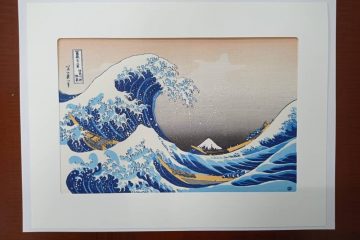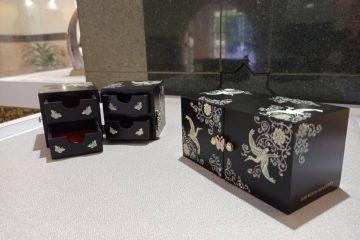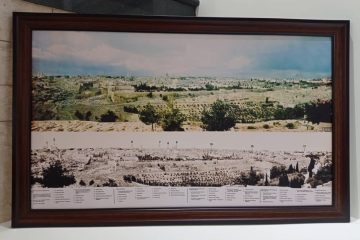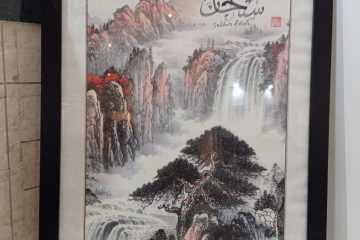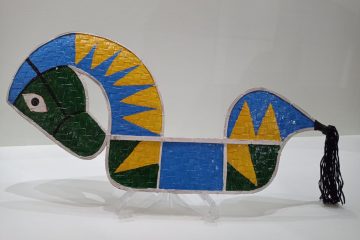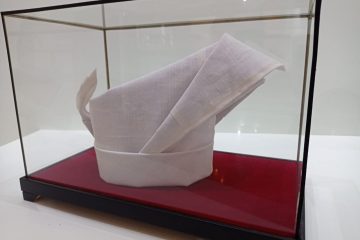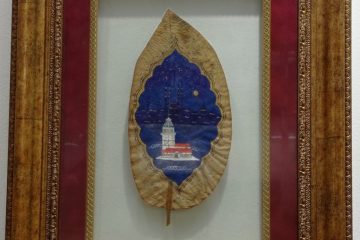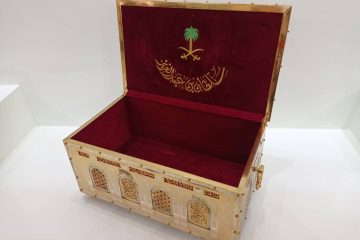ARTWORK
THE GREATE WAVE OFF KANAGAWA
The Great Wave off Kanagawa (Japanese: 神奈川沖浪裏, Hepburn: Kanagawa-oki Nami Ura, lit. “Under the Wave off Kanagawa”)[a] is a woodblock print that was made by Japanese ukiyo-e artist Hokusai, probably in late 1831 during the Edo period of Japanese history. The print depicts three boats moving through a storm-tossed sea with a large wave forming Read more…
